Polebrook: Field Archeology
Article about: As RAF Polebrook is one of the sites that "ticks the boxes" for a number of the research projects I have ongoing, I thought I'd better share some of the fruits of my labours... Mos
-
 Polebrook: Field Archeology
Polebrook: Field Archeology
As RAF Polebrook is one of the sites that "ticks the boxes" for a number of the research projects I have ongoing, I thought I'd better share some of the fruits of my labours... 
Most of the work I've done at Polebrook has been Thor IRBM related lately, but I do seem to have gained a bit of a reputation for knowing a little about WWII airfield lighting systems, and as the Thor launch pads were built beside the wartine runways at Polebrook I tend to keep my eye out for anything interesting.
Now Polebrook, along with a few other airfields like Molesworth and Chelveston, was built in what would best be described as the transitional period between the 1930s "Expansion Era" RAF airfields with nicely laid out hangars and workshop facilities with the living quarters immediately behind, and the wartime-build airfields with widely dispersed facilities.
At Polebrook the builders (Geo. Wimpey & Co.) seem to have been trying to work with a constantly changing set of plans (Just look at a layout plan of the flying field, nothing matches up with anything else...) but one of the things that should have been done was the lighting on the main runway.
From the records held at the Hendon and Kew, even that would seem to have been botched, but in reality that wasn't the case...
For a Primary airfield built in late 1940-early 1941, the main runway should have had "Contact Lighting" installed, along with "Drem" AFL Mk.II for subsidiary runways and all taxiways. AIR2/5500 archived at Kew lists the airfield lighting status of most UK airfields as of late 1943, and notes the setup at Polebrook thus: AFL Mk.II installed, Contact Lighting still required.
However, AIR2/5500 has been proven to be slightly less than accurate on a number of occasions, and when it comes to Polebrook that would also seem to be the case...
Nearly a year ago I unearthed the first physical evidence of Contact Lighting at the eastern end of the main runway, albeit a single transformer pit casting and some back-filled holes where the related light fittings would have been expected to be:
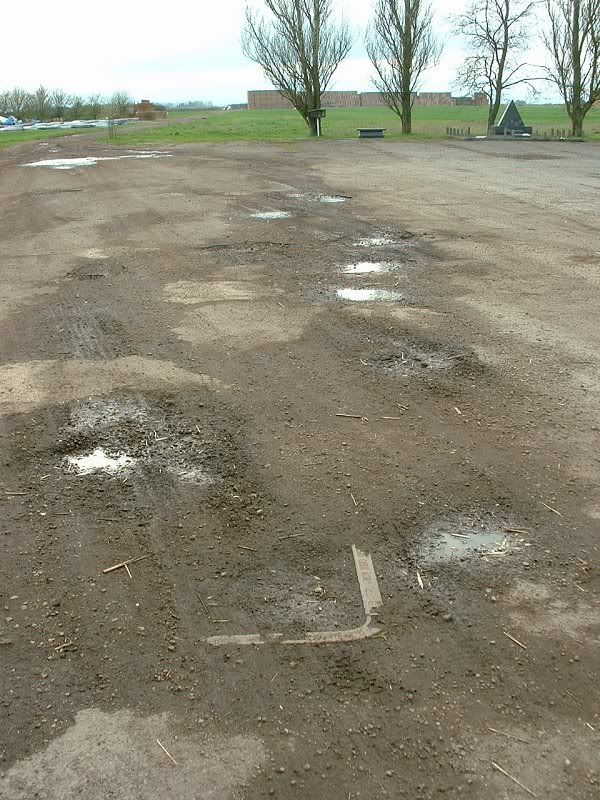
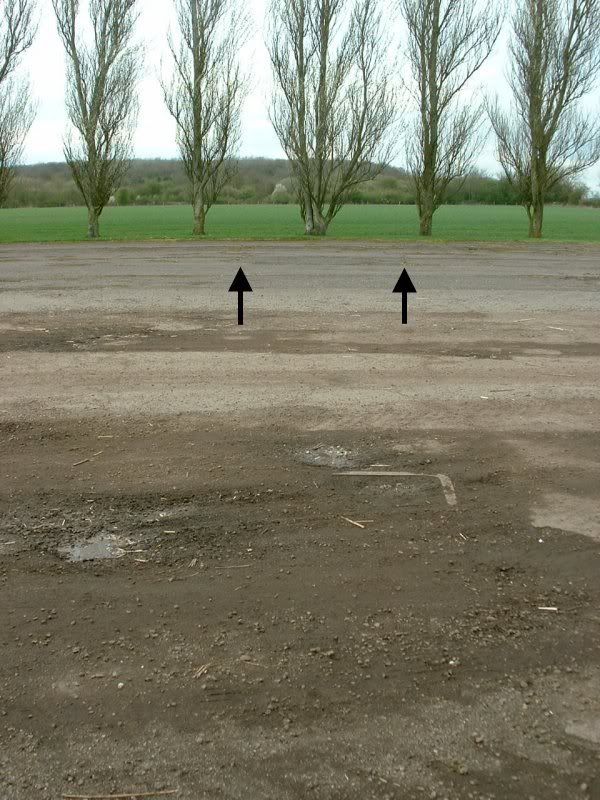
Nothing much else was found after that, until this week...
I came across a pile of soil and rubble heaped up when the western half of the main runway was dug up for hardcore. Sticking out of it, the rabbits had uncovered a number of relatively complete CL lights, specifically of the 1941 pattern (bear in mind these circular castings are nearly 2 feet across...):
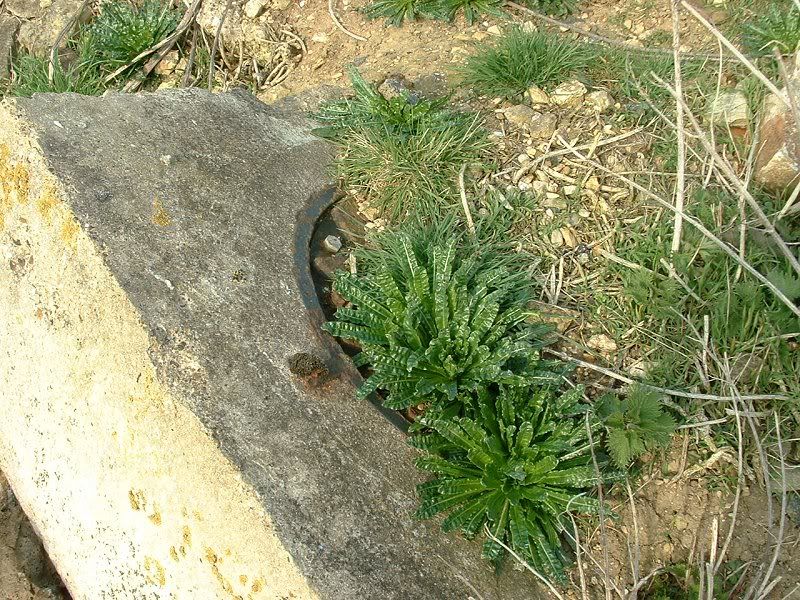
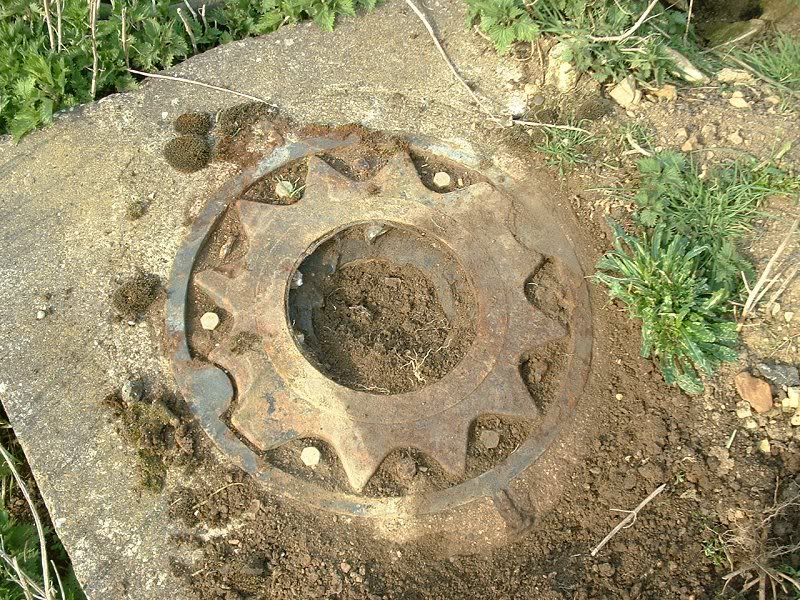
Further investigation into the rubble heap will hopefully uncover further insights into the development of the airfield. 
Apologies for the rambling post,
PB
-
 Re: Polebrook: Field Archeology
Re: Polebrook: Field Archeology
Nice work Paul I cant remember seeing that design before.
-
 Re: Polebrook: Field Archeology
Re: Polebrook: Field Archeology
Not rambling at all. Quite fascinating in fact. I guess the construction plans kept changing as technology advanced and the war intervened etc. Good old Gorge Wimpey built a lot of houses my way and still is today probably set up nicely by all the war work. Just a couple of questions from someone who knows little about runways of this era. How long was it and how many lights would there have been? And how many transformers at what voltage would have been needed to supply them?
Thanks, Mark.
-
 Re: Polebrook: Field Archeology
Re: Polebrook: Field Archeology
Interesting and not rambling at all
-
 Re: Polebrook: Field Archeology
Re: Polebrook: Field Archeology
T Guys,
Mark,
Contact Lighting was installed 50' apart along the sides of the main runway only, with a crossbar 100' in from each end, plus a box of four lamps a few hundred feet out from the end as a basic approach guide.
Polebrook's main runway was eventually left at 5850', so that's 242 of these fittings required, wired in series and drawing 65 watts each through a small transformer alongside each light.
Here's a rough image of how they would have looked from the air (at RAF Desborough in ths case), green filtered at the approach end, red at the other:
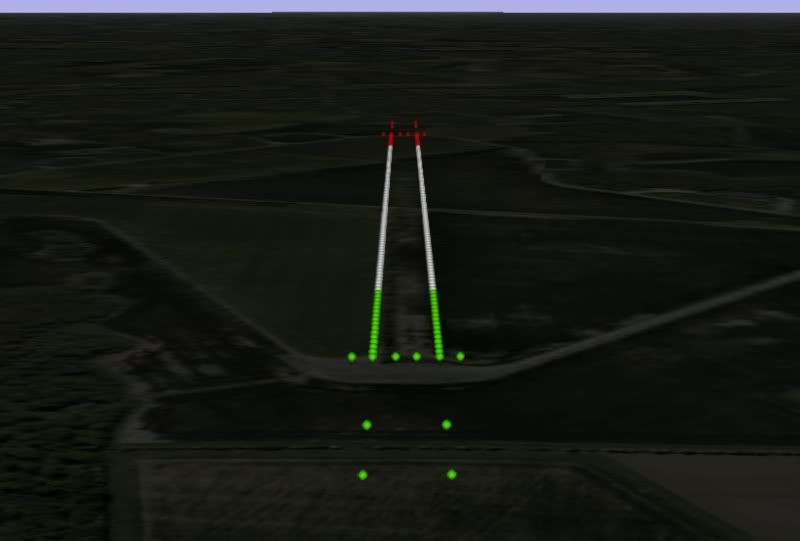
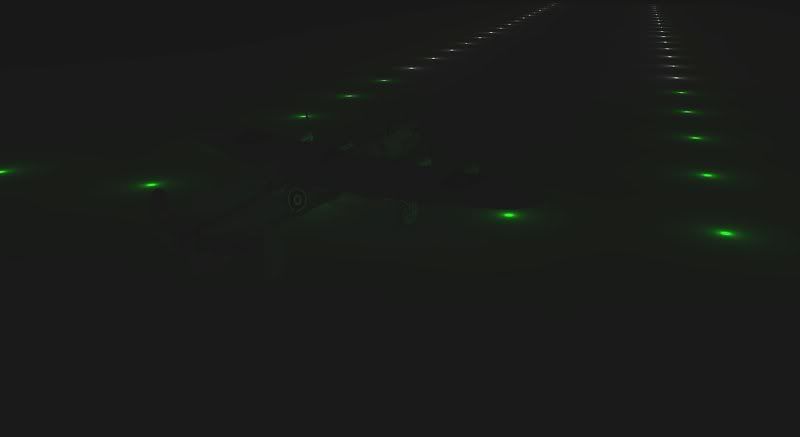
(The green lamps should extend a lot further than in this image, but it was just a test shot)
As you can imagine, there are a number of drawbacks using this system in wartime:
The lamps aren't shrouded, so can be seen from any angle and height, bad blackout.
There's a lot of concrete and cast iron used too.
The way the lamps are wired, if one fails the load on all the others increases, until another one fails, then another etc. etc.
The Drem AFL MkII system used on the secondary runways was far more economical, see HERE.
All the best,
PB
-
 Re: Polebrook: Field Archeology
Re: Polebrook: Field Archeology
Thank you for the detailed reply and the link to your other post. A picture certainly is worth a thousand words. This is what I enjoy so much about this site, so friendly and informative.
Regards,
Mark.
-
 Re: Polebrook: Field Archeology
Re: Polebrook: Field Archeology
Once again PB, great knowledge and info, thanks for sharing.
-
 Re: Polebrook: Field Archeology
Re: Polebrook: Field Archeology
Very interesting PB. Thanks for sharing 
Similar Threads
-
In Battlefield history and relics
-
In Battlefield history and relics
-
In Battlefield history and relics
-
In Battlefield history and relics
 Posting Permissions
Posting Permissions
- You may not post new threads
- You may not post replies
- You may not post attachments
- You may not edit your posts
-
Forum Rules










 .
.



Bookmarks